Originally an American-built military resort, Baguio is now the ‘summer capital’ of the Philippines. The colonial conservatism of its urban planning belies the colorful traditions and lush landscape that make this a particularly family-friendly destination today.
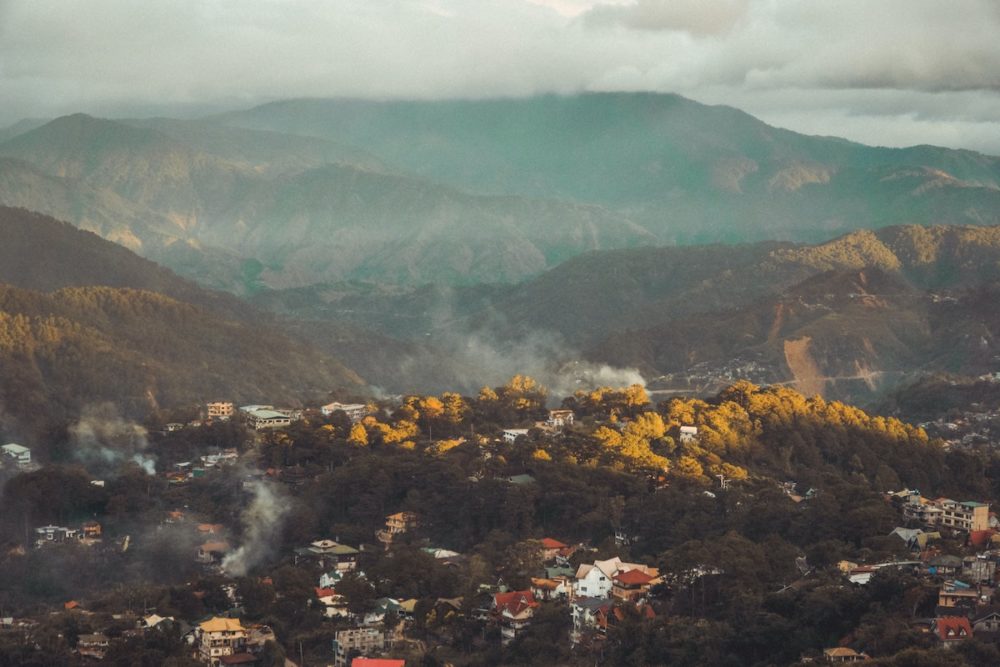
(Photo: Gian Paul Guinto via Unsplash)
At almost 5,000ft (1,470 meters) above sea level, Baguio City offers idyllic respite from the muggy pollution and frenetic pace of Metro Manila. Located on the mainland of Luzon along the Cordilleras, it offers the ideal getaway for travelers from Manila (six hours away) or from Angeles City (three hours away). Many visitors stop in Baguio for a relaxing break before navigating the twisting mountainous roads heading north to Sagada’s rice terraces and mysterious hanging coffins beyond. In February, visitors come directly to Baguio for the annual, month-long Panagbenga Flower festival.
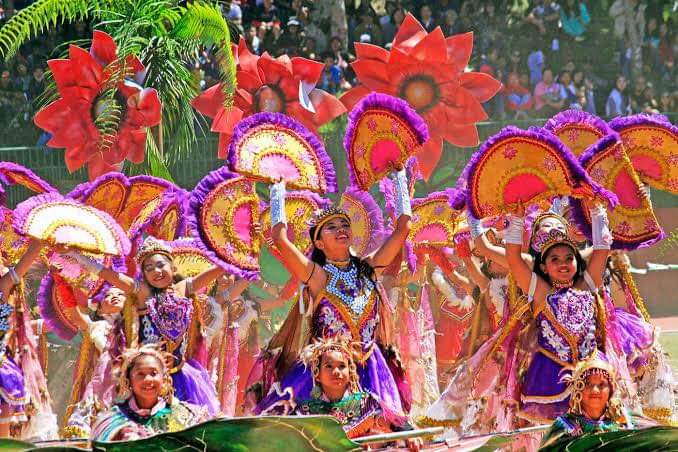
Grand Opening Day Parade of Panagbenga (Photo: Cloverfly09 via Wikimedia Commons)
Chilly throughout both dry and wet seasons, albeit without the humidity of other Philippine locations, the temperature in Baguio rarely exceeds 26°C / 79°F, and it is not uncommon to see locals donning heavy winter parkas in the crisp evening air. Even the head of state enjoys the cooler conditions here, with the Filipino presidential palace and official summer residence located in Baguio. Beyond the imposing wrought-iron gates and impeccable lawn, The Mansion (Romulo Dr) is an elegant Spanish Colonial Revival building that also houses a museum of presidential memorabilia (both American and Filipino).
Baguio, founded in 1900 as a military retreat for the United States Army, was built on the site of an 18th-century Spanish mission after the latter country’s defeat to the US in the Spanish-American War of 1898. The name derives from the indigenous Ibaloi word for ‘moss’: bagiw. And this rich highland vegetation is likely to be the first thing you notice on arrival. The lush greenery has led Baguio to be known as the ‘city of the pines’.
A great place to start reveling in the surrounding natural scenery is at Camp John Hay (Ordonio Dr). The sprawling grounds were developed in 1903 as a rest and recreation center for American soldiers. Start with a scenic trek along the camp’s Eco-Trail through the forest or a visit to the butterfly sanctuary that harbors hundreds of colorful species. Kids and adventure-seekers may prefer a jungle paintball ambush or (for those not afraid of heights) a romp through the treetops suspended at 100ft (30m+), culminating in an exhilarating zipline crossing.
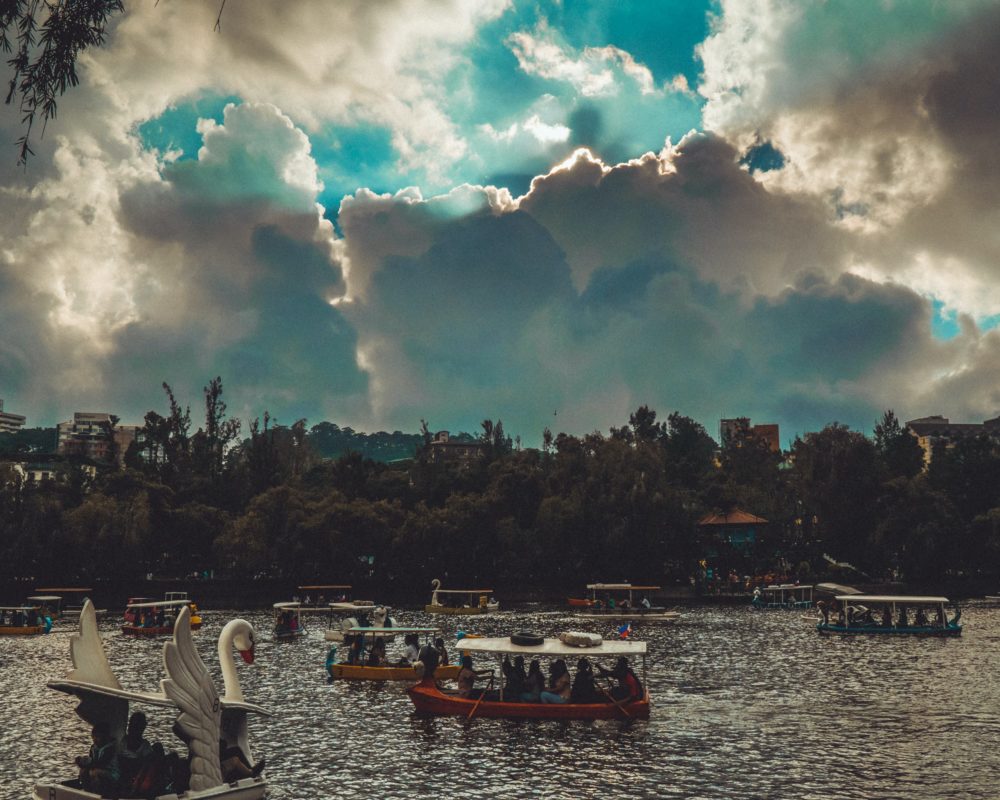
Burnham Park Lake (Photo: Gian Paul Guinto via Unsplash)
Baguio’s best mountain views are found at Mines View Park (Gibraltar Rd), an outlook ridge where you can take in the sweeping vistas of the Cordilleras in the mist, along with the gold and copper mines of the Benguet province. Alternatively, for scenic views in the city center, opt for Burnham Park Reservation (Jose Abad Santos Dr). Named after Baguio’s American city planner Daniel Burnham, the park boasts a manmade lagoon, strategically positioned to enjoy a serene sunset on the lake (pedal boats for couples and rowboats seating 6-8 passengers are available to hire).
Wright Park (Gibraltar Rd) is a smaller site but well worth a visit for equestrianism enthusiasts. Horseback riding is one of the main attractions here, in part because of the city’s dual military and agricultural history. These days, however, you’re more likely to see the distinctive Baguio horses and ponies with a very unmilitary bright pink mane, colorful saddle and garlands of flowers. Children certainly love the horses, which are available to ride at an hourly rate, guided by the local ‘pony boys’ who train and care for the animals (and presumably dye their manes).
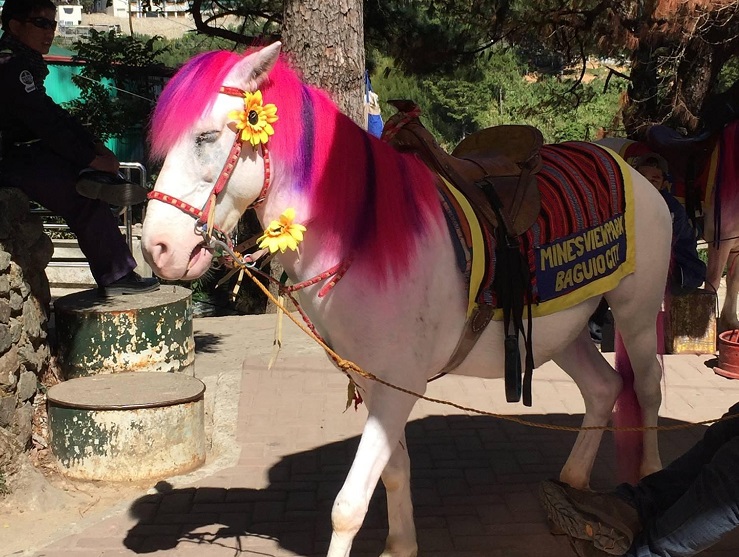
Baguio pony (Photo: Melissa Lesnie)
Visitors who love fresh air and fresh fruit needn’t go far to sample the region’s best produce. Flag a Jeepney or drive out from Magsaysay Road to the neighboring municipality of La Trinidad, home to a vast strawberry farm (Strawberry Farm Rd), open to the public every day from November to May. Here, hungry tourists may roam the fields picking the plumpest, sweetest strawberries alongside Ibaloi farmers. Naturally, you can take away everything you pick. Fill a basket and head for one of Baguio’s parks for a picnic.
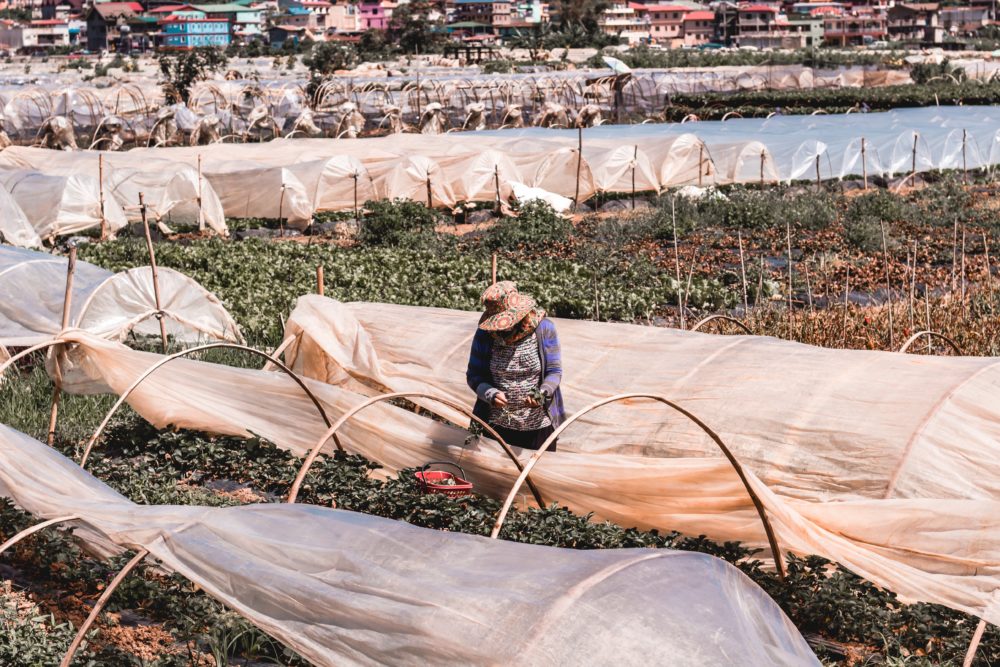
Baguio Strawberry Farm (Photo: Nathaniel Sison via Unsplash)
Venture a little farther afield in La Trinidad for an even more Instagrammable agricultural experience: Bahong Sunflower Farm (Sadag) boasts more than 8,000 of these tall, bright yellow blooms, as well as many other plants for sale in its greenhouses. Those with a sweet tooth will want to leave with a jar of Baguio sunflower honey, a local delicacy. In season, with the Cordilleran Mountains in the distance, the sea of sunflowers makes for some memorable photos.
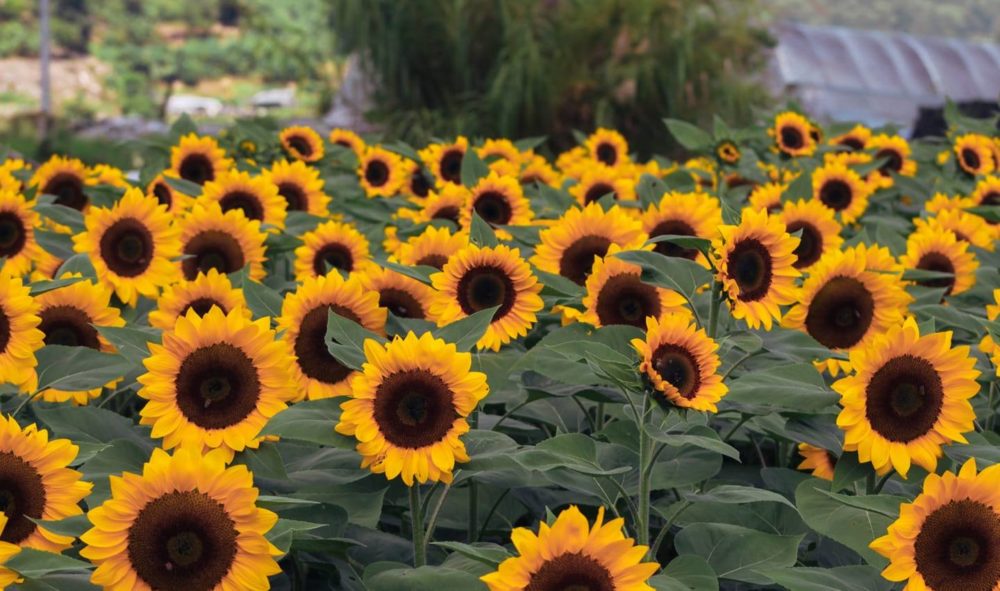
Bahong Sunflower Farm, Trinidad (Photo: via Facebook)
Baguio is rich not only in flora but also in artisanal traditions, which remain very much active today in the Ibaloi and Igorot population. To delve deeper into Baguio’s precolonial heritage, take a brisk hike uphill from the center and stop in at the Tam-Awan Village (366-C Long Long Benguet Rd) in Pinsao Proper, a ‘garden in the sky’ shedding light on Cordilleran arts and crafts. A bamboo bridge, surrounded by hills and dense rainforest, leads to this unique cultural center built by local artists in the 1990s. Boutiques offer traditional woven items, textiles, woodwork and paintings, while the gallery showcases contemporary artists from the region. Tam-Awan means ‘vantage point’, and no visit would be complete without a peaceful moment at the viewing deck, looking out towards the China Sea.
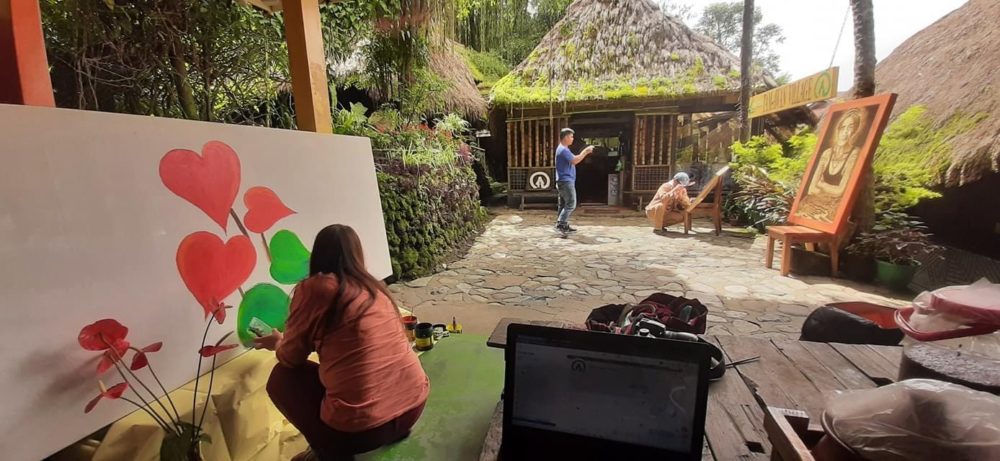
Tam-Awan Village (Photo: via Facebook)
The Igorot Stone Kingdom (Long Long Benguet Rd), which opened in 2021, is a 6,000-square meter park filled with turreted, winding stone paths, layered in rows like the region’s rice terraces further north. Inspired by Igorot tribal history and the traditional art of stone-laying, the space is a unique and labyrinthine cultural playground that children in particular are bound to love exploring.
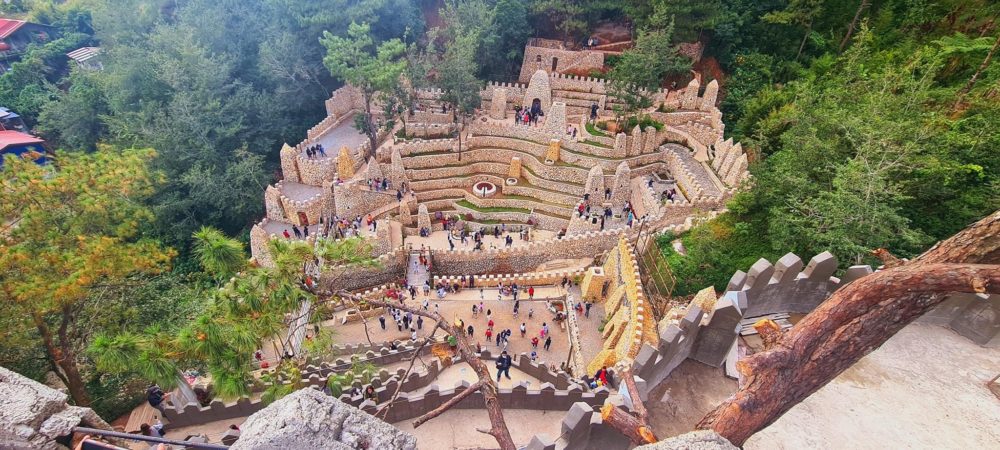
Igorot Stone Kingdom (Photo via Facebook)
Where to Eat
Baguio city center comes to life after sundown with its famous Harrison Road Night Market near Burnham Park (open daily from 9pm to midnight or later on busy nights). At the Session Road end, the aroma of grilled and barbecued foods hangs thick in the air as people throng around hundreds of street food stalls. This is a great place to try all the Pinoy specialties: desserts such as the hodge-podge of ice cream, jelly, syrup and crushed ice that halo-halo; sizzling pork sisig, juicy steamed white corn, ‘isaw’ skewers of chicken and pork, Baguio’s famous strawberry taho (a soft bean-curd dessert) or (not for the faint-hearted) the notorious ‘balut’ duck foetus, piled high in egg baskets.
A visit to Tam-Awan Village isn’t complete without a meal at Farmer’s Daughter Restaurant (Longlong Road). Enter the quaint thatched hut in heritage style to enjoy rustic wood and bamboo décor with hearty Cordilleran cuisine: it’s admittedly a meaty affair, with typical dishes such as pinikpikan (Ingorot style chicken with salted meat) or dinakdakan (grilled pork ear, snout and tongue), but there are plenty of vegetarian (gulay) options, such as pak-pako, a simple salad with local fern leaves.
The Café in the Sky (Poblacion abuyao Mt Santo Tomas) is really just that: the mother of all Baguio views. Traditional fare such as lechon kawali (cubed pork belly), reasonably priced, graces tables that are often nestled in the clouds on a long viewing deck.
Baguio Craft Brewery (4 Ben Palispis Hwy, KM 4) is a lively modern tavern with a beer garden and regular concerts, frequented by locals and tourists. Ribs, pork belly, nachos and Filipino chicken insalal can be washed down with a wide variety of local and international beers on tap.
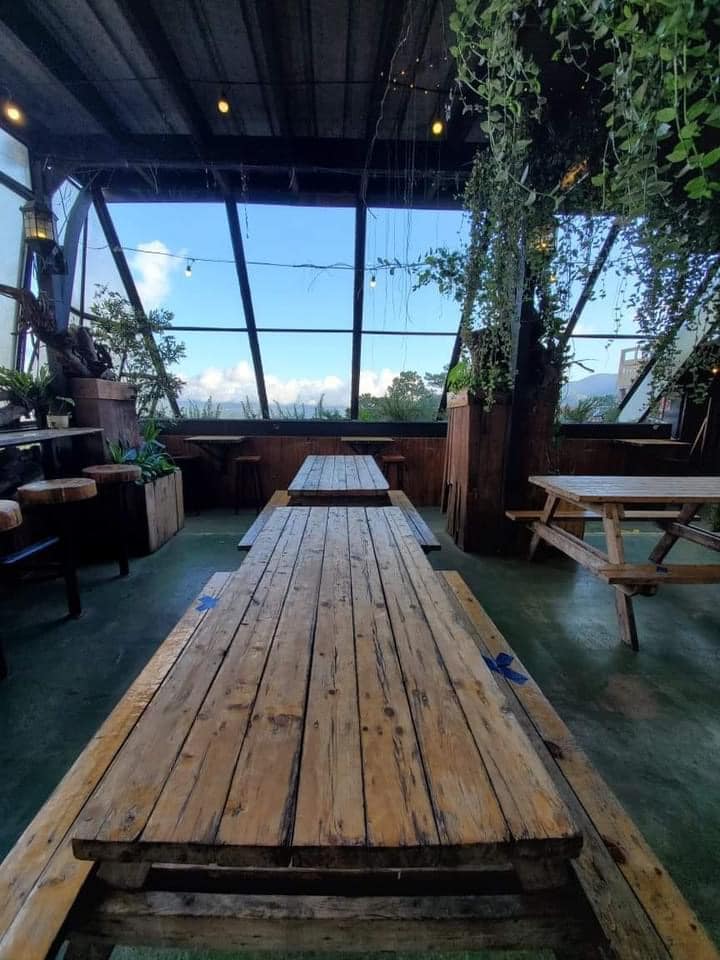
Baguio Craft Brewery (Photo via Facebook)
Where to Stay
For easy access to nature walks, outdoors activities and al fresco dining at Camp John Hay, look no further than the two hotels in situ. At The Manor (Ordonio Dr), spacious suites with forest and garden views offer the ideal base to explore the grounds and surrounding attractions in Baguio, with shopping, a gym and all the amenities on site.
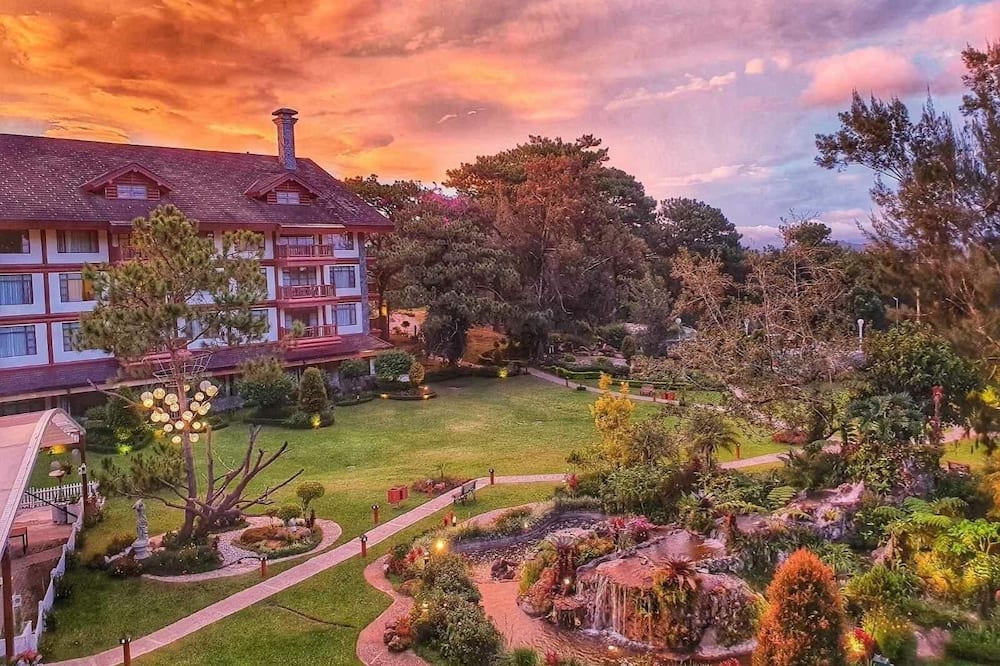
The Manor, Camp John Hay (Photo: campjohnhay.com)
With direct access to the Camp John Hay golf club, the more rustic Forest Lodge (Ordonio Dr) brings the charm of cosy rugs and wood-paneled interiors for a weekend session of cabin hygge.
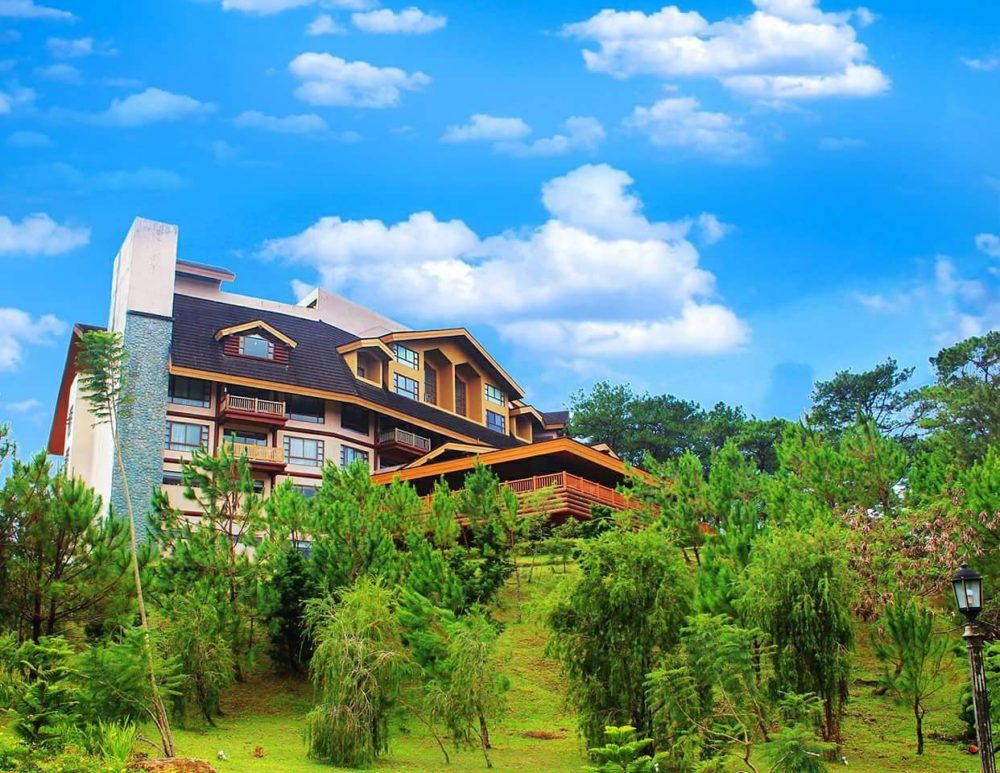
For a truly authentic (admittedly less luxurious) tribal experience with in-house breakfast included, rent one of the original Kalinga or Ifugao traditional huts maintained by the Tam-Awan Village directly along the forest trail.
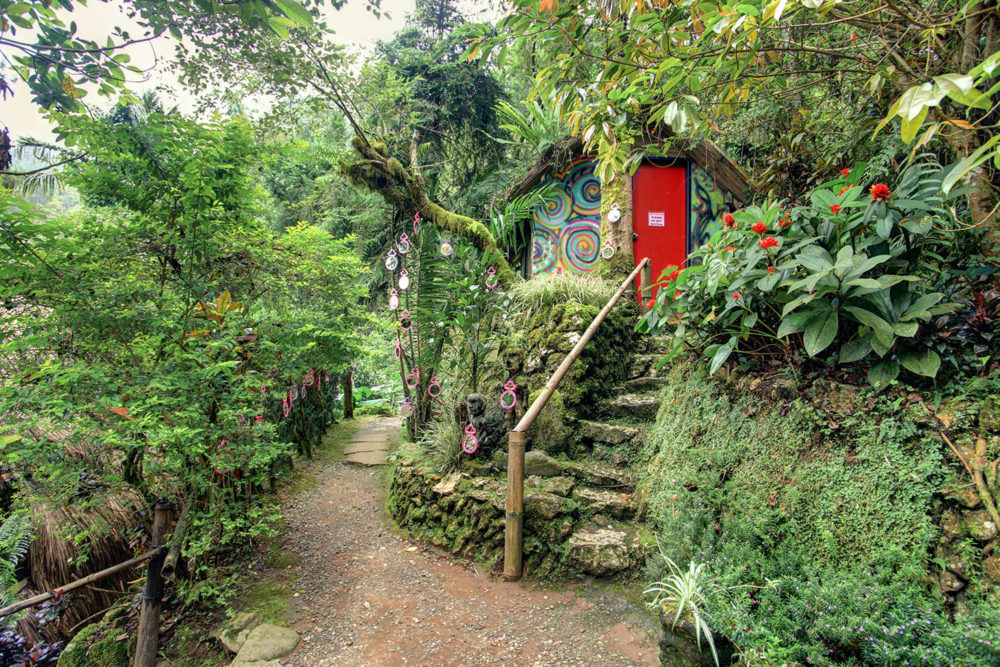
Agape hut, Tam-Awan Village (Photo courtesy of Tam-Awan website)